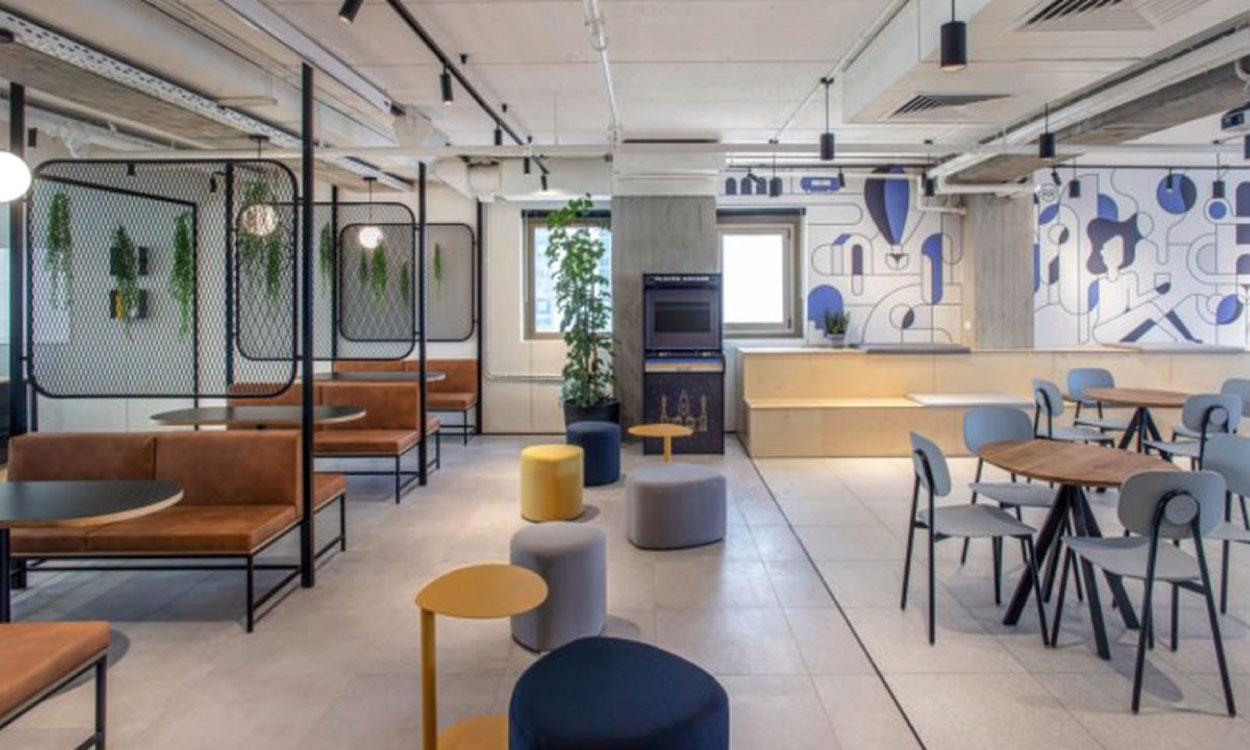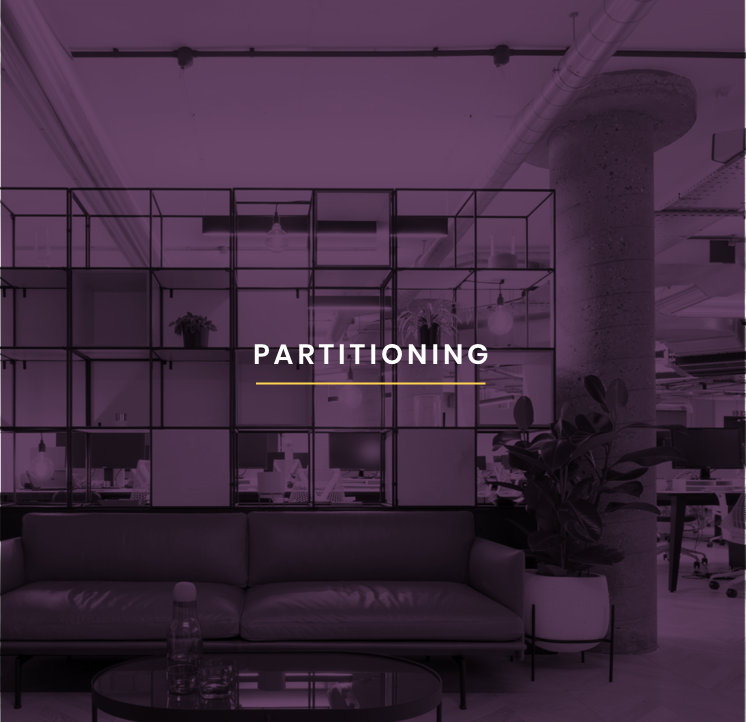Recreating your office space as a hybrid working environment allows for flexibility for all.
As the UK looks to return to the office after a year of lockdowns and working from home, this is the perfect time to consider how your working environment may look in the future.
Lockdowns have shown that there are benefits – and downfalls – to working from home, and capitalising on the highlights of each could help you and your employees be more productive than ever.

Harvard Business Review states that the office has 3 main roles to play going forward
The Schoolhouse – Colleagues can strengthen relationships reducing miscommunication and misinterpretation when working from home.
The Schoolhouse – It is much easier for new employees to learn informal, intangible ‘how things are done around here’ in the office where there is more to observe.
Unstructured Collaboration – Research shows that informal encounters often help people from different departments collaborate on a new, complex problem and generate innovative ideas. (“Have you talked to Sofia? She worked with a similar client last year. She might be able to share what it did for them or point you to a reference.”)
So what does this mean for your office space? Well, even before the pandemic, many companies were turning their physical workspaces into hybrid working areas. Flexibility is the key to modern working and while some staff may choose to work mainly out of the office, others will have to be in the workplace. This is the time to change how the office space works for you.
According to a survey by the British Council for Offices (BCO), more than half of white-collar workers at all levels – be they trainees to executives – want to combine days in the office with remote working.
A hybrid office must work for employees who work from home, those who go into the office daily, and others who divide themselves between the two spaces. Others may come in as and when they need to. This freedom to work where and even when you want will be beneficial to many businesses – and will widen the talent pool for recruitment to include those who live further away from the office, working parents, and others who have commitments that make a 9-5 commute stressful or even impossible.
So your office needs to be adapted to cater for all your employees. The focus will move away from individual workspaces to shared workspaces. Office time might be allocated on a rota system, to allow everyone to come into the office for at least part of the week or day. The areas for solo workers should be versatile, to allow for different kinds of working – think cubicles, or private offices, or soundproof rooms for phone calls.
Collaborative space is key. One of the most important parts of in-office working is being able to collaborate and network in person. According to a report by Xerox, 95% of respondents stated that in-person, face-to-face communication was important when it came to personal development and talent assessment. So having a joint workspace that allows collaboration between employees and between employees and managers is still key to the success of many businesses. So, consider breakout areas and meeting spaces. They can take many forms – a lounge, coffee shop, or open-plan areas.
While considering the possibilities of a hybrid office – and it is quite an exciting possibility – we must also remember Covid-safety precautions. Considering that the vaccination programme may well not have reached most working-age staff by the time we head back into the office, it is pertinent to make allowances for regular and routine sanitisation of joint working spaces, ensuring there is space for employees to move around while keeping their distance from others and allowing protection in collaboration areas.





